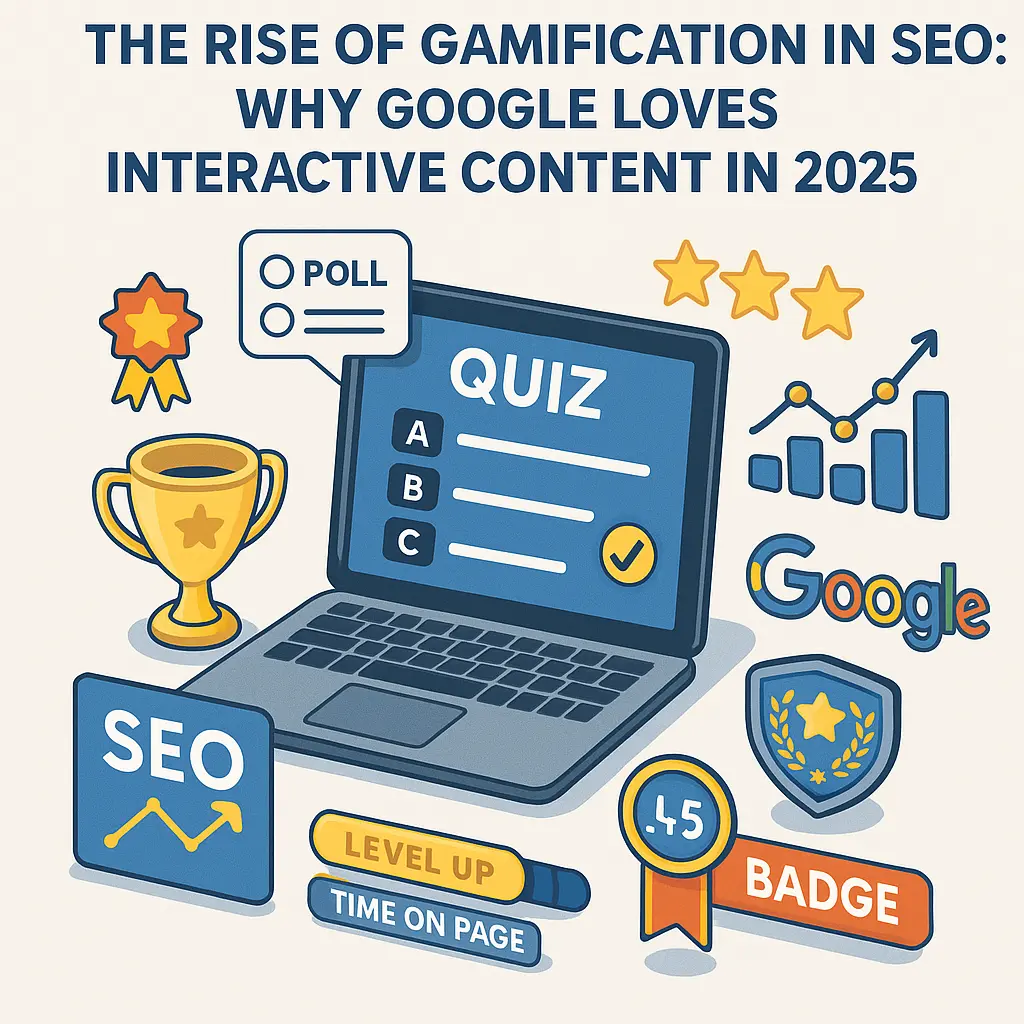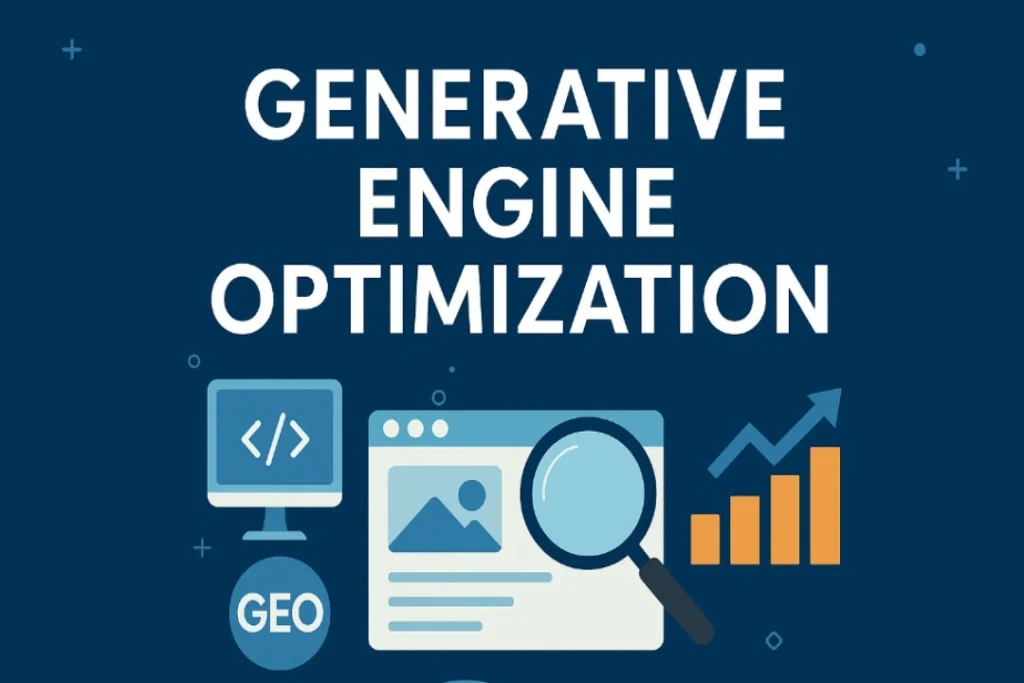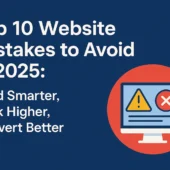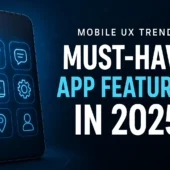By Junaid Imdad, Digital Marketing Blogger & Strategy Consultant
Let’s be honest—digital marketing is changing faster than ever, and keeping up can feel like trying to hit a moving target, especially with our LinkedIn feeds constantly scrolling. What worked for clicks and conversions last year might already feel outdated. And those trendy buzzwords we were all excited about just six months ago? They’ve probably become the new standard in today’s marketing strategies.
As we dive deeper into the digital marketing trends for 2025, one thing is abundantly clear: we’re not just adapting to change—we’re stepping into a completely new era. AI has evolved from being just a tool; it’s now like your digital partner—writing copy, analyzing performance, personalizing user experiences, and even anticipating what your audience wants before they even know it.
Cookie-based tracking? That’s a thing of the past. With privacy-first policies and ever-changing algorithms, marketers now have to lean more on first-party data and create human-centered experiences. And when it comes to SEO, the rules have shifted. Ranking isn’t just about keywords anymore; it’s about delivering a seamless user experience, optimizing for mobile, providing quality content, and staying in tune with search intent like a pro.
In a nutshell, the future of marketing in 2025 calls for agility, authenticity, and the ability to blend creativity with smart automation. Blink, and you might just miss the next big change.
After five years immersed in the world of digital marketing, I’ve witnessed strategies come and go—and some spectacularly fail. So, to keep you ahead of the game, I’ve put together a list of what’s hot and what’s not in the fast-changing landscape of digital marketing for 2025.
Navigating Digital Marketing Trends 2025 for Business Growth
As we explore the digital marketing trends that will shape 2025, it’s evident that the landscape is experiencing a significant shift. Simply relying on traditional methods or cramming keywords into content won’t cut it anymore. With the emergence of AI-driven automation, insights from machine learning, and stricter privacy regulations, the digital realm is calling for smarter, more human-focused strategies.
One of the most crucial changes we’re seeing is the transition from SEO tactics that emphasize keyword density to approaches that prioritize a comprehensive user experience. Nowadays, it’s all about crafting content that’s intuitive, helpful, and specifically designed to meet your audience’s needs. Whether that involves creating engaging short-form videos, optimizing for zero-click searches like featured snippets, or leveraging AI for hyper-personalized customer journeys, brands that adapt will find themselves leading the pack rather than trailing behind.
In 2025, search engines are acting more like advisors than mere directories, and users are looking for seamless, hassle-free experiences at every interaction. From voice and visual search to predictive content recommendations, the modern consumer journey is anything but straightforward. That’s why keeping up with these digital trends is not just about being visible—it’s essential for survival and ongoing growth in a fiercely competitive market.
The bottom line? Digital marketing in 2025 favors those who are proactive, strategic, and unwaveringly committed to providing genuine value. If your brand can evolve alongside these trends and connect with users in an intelligent and authentic way, you won’t just remain relevant; you’ll truly thrive.
What’s In: The Must-Adopt Digital Marketing Trends of 2025
1. AI-Powered Everything (But Especially Personalization)
AI has evolved into so much more than just chatbots and automated writing tools. By 2025, it has become a fundamental part of the most cutting-edge and competitive digital marketing strategies. What once seemed like science fiction is now a daily catalyst for efficiency, personalization, and growth.
As we dive into the digital marketing trends shaping 2025, one thing is crystal clear: AI isn’t merely supporting marketing—it’s completely transforming it. From providing real-time content suggestions based on user behavior to facilitating dynamic pricing models that adapt to market changes instantly, AI empowers brands to engage with their audiences in ways that feel natural, relevant, and incredibly personalized.
And here’s the exciting part: you don’t need a huge team to make it happen. With AI-driven customer segmentation, predictive analytics, and automated campaign management, even small businesses and solo entrepreneurs can compete on the same playing field as the big players. Marketers can now deliver the right message to the right person at the right time—without having to track every single move manually.
If there’s one key takeaway for businesses this year, it’s this: embracing AI is no longer a choice. To stay visible, competitive, and connected in this fast-paced landscape, companies must fully embrace AI as a strategic ally—not just a tactical tool. In 2025, the brands that come out on top will be the ones that leverage AI to make every customer interaction smarter, quicker, and more personal.
Real-world example: E-commerce brands are using AI to display different homepage content to every user based on their behavior, previous purchases, or even the weather in their location.
Tools to try: Jasper, Adobe Sensei, Dynamic Yield, and Klaviyo’s AI segmentation.
2. Zero-Click Search Optimization
In 2025, aiming for that coveted #1 spot on Google isn’t the endgame anymore—it’s all about snagging “position zero.” With features like Google’s Featured Snippets, People Also Ask boxes, and the emergence of AI-driven Search Generative Experience (SGE), users are finding the answers they seek without even needing to click on a website. This shift means that the old-school SEO tactics focused just on ranking high won’t cut it anymore.
To really make your mark in today’s changing search environment, your content has to provide quick, valuable answers that Google deems worthy of showcasing—clear, concise, and packed with relevance. Whether you’re fine-tuning blog posts, landing pages, or product descriptions, the new challenge is crafting content that meets search intent so effectively that it earns a prime spot right at the top. Position zero isn’t just about ranking—it’s about visibility, authority, and trust right from the get-go.
How to win:
- Optimize for FAQs and long-tail questions.
- Use schema markup.
- Create clear, concise summaries (Google loves those for snippets).
- Structure content with bullet points, numbered lists, and tables.
3. Conversational Marketing & Voice Search
With the explosion of smart assistants, wearable technology, and voice-activated applications, voice search is fundamentally transforming the way users seek information online. It’s not just a nice-to-have anymore; it’s rapidly becoming a key element of digital marketing strategies for 2025.
To keep up, brands must rethink their content creation approach. This means prioritizing natural, conversational language that reflects how people actually talk. Instead of focusing on rigid phrases like “marketing software 2025,” the emphasis should be on addressing questions such as “What’s the best marketing software for small businesses?”
Voice search is revolutionizing the landscape by moving SEO away from keyword stuffing and towards content driven by genuine intent. If your content doesn’t sound like something someone would say out loud, it risks being overlooked entirely. In 2025, thriving in digital marketing isn’t just about being found; it’s about being something people can easily say.
Chat-based interactions (through platforms like WhatsApp, Messenger, and website bots) are also accelerating conversions much more effectively than traditional static landing pages.
4. Video-First Content Strategy (Especially Short Form)
TikTok, YouTube Shorts, and Instagram Reels have completely changed the way we take in content—and there’s no turning back. What began as platforms for quick entertainment has now blossomed into powerful marketing tools. By 2025, even the more traditional sectors like B2B are jumping on the short-form video bandwagon to explain complex ideas in a way that’s engaging, easy to understand, and relatable.
Whether it’s a quick 30-second rundown on supply chain trends or a snappy product demo, short-form content allows B2B brands to simplify their messages and connect with audiences who thrive on fast, visual learning. If you’re not already tapping into this trend, you might find yourself lagging behind in a landscape where attention spans are fleeting and expectations are sky-high.
Pro tip: Short-form content drives brand awareness; long-form video like webinars, tutorials, and behind-the-scenes content nurtures trust.
Don’t just post, engage with comments, use storytelling, and include CTAs that drive action.
FlexClip: The AI-Powered Video Tool Marketers Need in 2025
As we dive into 2025, video-first content is really taking the lead in digital marketing trends, and tools like FlexClip are becoming must-haves for marketers who want to keep up without getting bogged down in complicated editing. FlexClip is a user-friendly, browser-based video editor that packs a punch with its powerful AI features—imagine text-to-video, AI-generated subtitles, voiceovers, and background removal, all achievable in just a few clicks.
Whether you’re whipping up short clips for Reels or crafting explainer videos for your landing page, FlexClip makes it easy to create professional-quality videos in no time. In this fast-paced marketing landscape defined by personalization, speed, and eye-catching visuals, FlexClip provides the creative flexibility that today’s brands truly need.

5. Micro-Influencer Campaigns Over Celebrity Endorsements
While the big-name influencers still hold a significant place in the digital landscape, it’s the micro-influencers who are really shining in the digital marketing trends of 2025. These creators, usually boasting audiences between 1,000 and 50,000 followers, might not have the glitz of celebrities, but they offer something even more valuable: authenticity.
So, what’s their magic? Micro-influencers often enjoy higher engagement rates, cultivate stronger community connections, and are perceived as more relatable and trustworthy compared to their mega-influencer counterparts. Their content feels less like a commercial and more like a heartfelt recommendation from a friend—and that’s exactly what today’s audiences are looking for.
For brands, this shift brings two significant advantages: improved ROI and the chance to forge lasting partnerships with creators who genuinely understand their niche audience. Instead of just one-off sponsored posts, we’re now witnessing brands team up with micro-influencers for comprehensive campaigns, co-created content, and even product development.
In 2025, digital marketing is shifting focus from mere reach to genuine resonance. And micro-influencers are proving to be the vital link between brands and the engaged communities they aim to connect with.
What’s working:
- Long-term partnerships, not one-off posts.
- Real UGC (user-generated content) from influencers, not staged promotions.
- Niche audiences over mass appeal.
6. Consent-Based & Privacy-First Marketing
As cookies are being phased out and privacy laws are tightening up around the world—think GDPR, CCPA, and India’s Digital Personal Data Protection Act—marketers are shifting their focus to first-party and zero-party data. This marks a significant change in the digital marketing landscape for 2025. The emphasis is now on fostering direct relationships with customers through consent-driven strategies like quizzes, surveys, and preference centers. In the grand scheme of digital marketing trends for 2025, brands that prioritize privacy-first marketing will not only stay compliant with regulations but will also build stronger trust and loyalty with their customers.
That means building direct relationships and gathering information through:
- Quizzes
- Preference centers
- Loyalty programs
- Interactive content (polls, surveys, etc.)
If you’re not actively collecting consent and providing value in exchange, you’ll struggle to reach your audience in 2025.
7. SEO Meets UX: Core Web Vitals and Accessibility
Ranking on Google in 2025 isn’t just about cramming in keywords or chasing after backlinks—it’s all about creating a seamless, user-first experience. Google’s algorithm has come a long way, and one of the most significant shifts is its emphasis on Core Web Vitals. These key metrics—loading speed (Largest Contentful Paint), interactivity (First Input Delay), and visual stability (Cumulative Layout Shift)—are now crucial in determining your website’s ranking.
So, why should you care? Because Google isn’t merely focused on serving up relevant content; it aims to provide users with the best experience possible. If your site is slow, jumpy, or difficult to navigate, users will leave—and your rankings will drop right along with them. This means that optimizing images, cutting down server response times, and refining your layout are no longer just technical tasks—they’re essential SEO strategies.
In short? In 2025, while great content remains king, if your site can’t deliver it quickly and smoothly, you might just lose that crown.
If your website isn’t designed for mobile, loads quickly, and is easy to navigate, your SEO rankings are bound to take a hit, no matter how fantastic your content is.
Action Steps:
- Run regular audits on Google PageSpeed Insights.
- Use tools like Hotjar or Microsoft Clarity to study user behavior.
- Ensure ADA compliance and accessibility for all users.
8. Gamification in Email, SEO & Social
From spin-to-win popups on Shopify stores to interactive blog quizzes, gamification is driving deeper engagement.
Why? Because people want experiences, not just content.
Where to use it:
- Emails (polls, quizzes, countdown timers)
- Landing pages (progress bars, badges, interactive forms)
- Loyalty programs (points, leaderboards, achievements)
Gamified content increases dwell time, shareability, and conversions all factors Google loves in 2025.

What’s Out: Tactics That Don’t Work in 2025
1. Keyword Stuffing
Old-school SEO hacks like jamming the same keyword 20 times into a blog post? Completely dead. Google’s AI understands intent better than ever, so context, semantics, and readability matter far more.
Instead, focus on topic clusters, internal linking, and writing for humans first—algorithms second.
2. Generic, One-Size-Fits-All Emails
The days of sending a single blast to your entire list are long gone. In 2025, that’s a fast track to high unsubscribes and low open rates.
Today’s email marketing is:
- Segment-based
- Behavior-triggered
- Personalized (right down to product recommendations and timing)
Think: “You left this in your cart—here’s 10% off” instead of “Hey, we’re running a sale.”
3. Unskippable, Invasive Ads
We’re in a permission-first world now. Unskippable video ads and auto-play sound are not only annoying. They’re damaging to your brand’s trust.
Instead, shift to:
- Native content that matches platform tone
- Branded storytelling
- Creator partnerships with transparent disclosure
4. Posting Without Strategy
Simply posting daily on social media won’t drive results. Posting without intent or without understanding your audience’s pain points won’t cut it.
The winning brands in 2025 are those that:
- Tell stories with consistency
- Listen to audience feedback
- Focus on community building rather than vanity metrics
5. Over-Reliance on 3rd-Party Platforms
If you rely solely on Instagram or TikTok for sales, you’re at risk. Algorithms change. Platforms ban accounts. That’s why owned media is essential, your blog, your email list, your website.
In 2025, smart marketers prioritize building assets they own rather than just rent.
Final Thoughts: Adapt or Get Left Behind
Here’s the truth about digital marketing in 2025: it’s no longer enough to just keep up, you have to anticipate.
We’re in a phase where content must not only inform, but engage. Where personalization and privacy go hand-in-hand. Where automation should still feel human.
Want to know about Generative Engine Optimization, click on it.

As marketers, business owners, or creatives, we need to adapt to the ever-changing landscape of platforms, tools, and what our audiences expect from us. For better ranking you may submit your artical at ellysdirectory.
If there’s one key takeaway from this post, let it be this: The brands that will thrive in 2025 are the ones that truly listen, personalize their approach, and bring a human touch to their strategies—even in a world increasingly dominated by machines.
Need help future-proofing your digital marketing strategy for 2025?
Let’s connect. I specialize in blending automation, SEO, and user-first content to drive results that last.
Junaid Imdad, Digital Marketing Blogger & Strategy Consultant




Social Media Trends 2025: What Creators and Marketers Must Know Now - Devitcity
[…] to know about digital marketing trends, click on […]